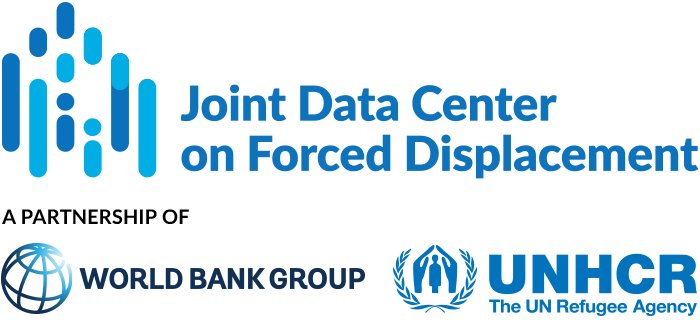JDC Literature Review
The JDC literature review contains summaries of recent publications and academic scholarship on issues relating to forced displacement.
Ethnic diversity and conflict in sub-Saharan Africa: Evidence from refugee-hosting areas
This article examines how forced migration affects ethnic diversity and conflict in Sub-Saharan Africa.
Exploring relationships between conflict intensity, forced displacement, and healthcare attacks: a retrospective analysis from Syria, 2016–2022
This article investigates the relationships between healthcare attacks, conflict incidence, and internal displacement in Syria between 2016 and 2022. Over the 13 years of civil conflict in Syria, over 7.2 million people have been internally displaced, and 6.5 million refugees have fled the country.
Who Hosts? The Correlates of Hosting the Internally Displaced
This paper investigates the factors that motivate people to host internally displaced persons (IDPs) in their homes, focusing on the Democratic Republic of Congo (DRC). The DRC has experienced prolonged conflict, resulting in the internal displacement of 5.7 million people, equivalent to approximately 6 percent of the country’s population.
How Social Networks Shape Refugee Movements in Wartime: Evidence from the Russian Attack on Ukraine
This article investigates the factors influencing the destination choices of Ukrainian refugees in the European Union (EU) between March and December 2022.
South-south refugee movements: Do pull factors play a role?
This paper examines the impact of destination country characteristics on south-south refugee movements between 2004 and 2019.
Forced migration and local economic development: Evidence from postwar Hungary
This article investigates the effects of forced migration on sending economies, using the post-World War II expulsion of German minorities from Hungary as a natural experiment.
Cash transfers and micro-enterprise performance: Theory and quasi-experimental evidence from Kenya
This paper examines the business and price effects of cash-based assistance provided to refugees in Kenya.
Distributional impacts of cash transfers on the multidimensional poverty of refugees: The Emergency Social Safety Net in Turkey
This paper analyzes the impact of the Emergency Social Safety Net (ESSN) cash program on the multidimensional poverty of refugees in Turkey.
Life Out of the Shadows: The Impacts of Regularization Programs on the Lives of Forced Migrants
This paper investigates the well-being effects of a regularization program in Colombia designed to facilitate the social and economic integration of Venezuelan forced migrants.
The effects of mass migration on the academic performance of native students. Evidence from Chile
This paper examines the effects of mass migration on the academic performance of native Chilean students, focusing on the influx of Venezuelan (Spanish-speaking) and non-Spanish-speaking (mainly Haitian) migrants between 2016 and 2018. Between 2011 and 2018, the migrant population in Chile increased from 1.4 percent to 6.6 percent of the country’s population.


